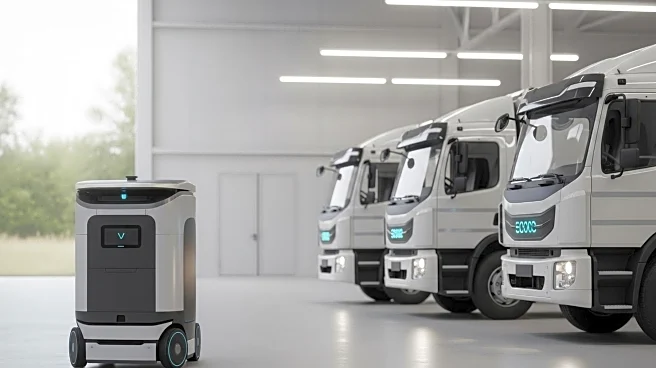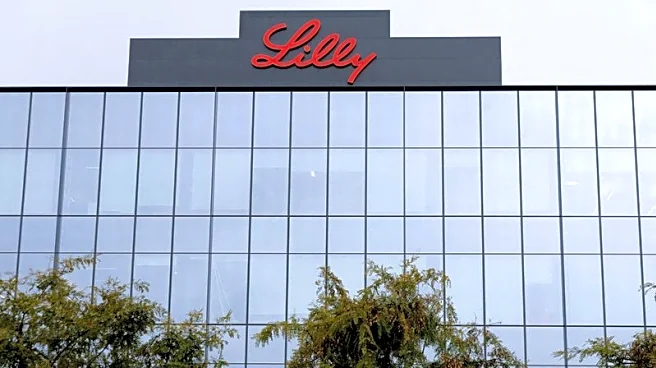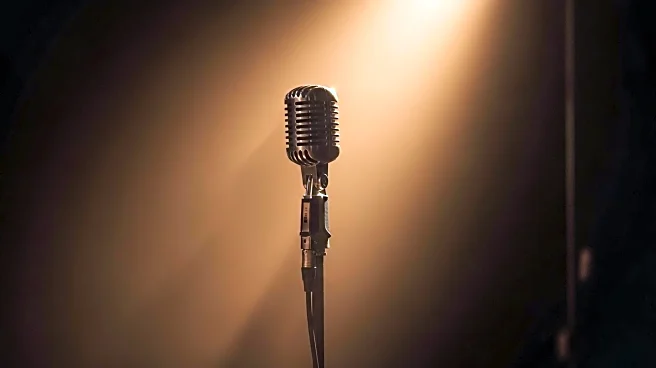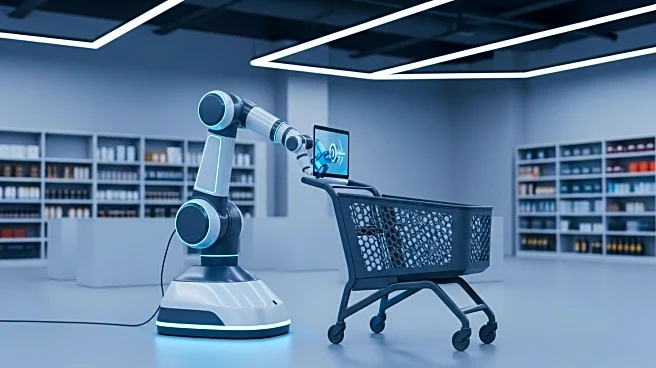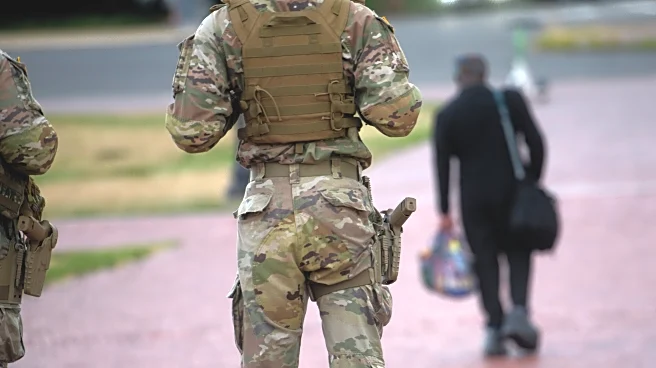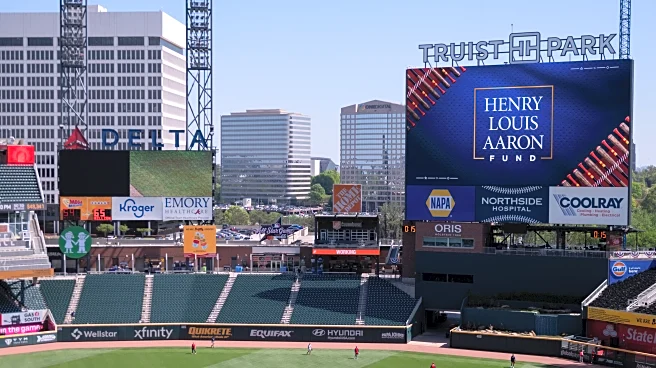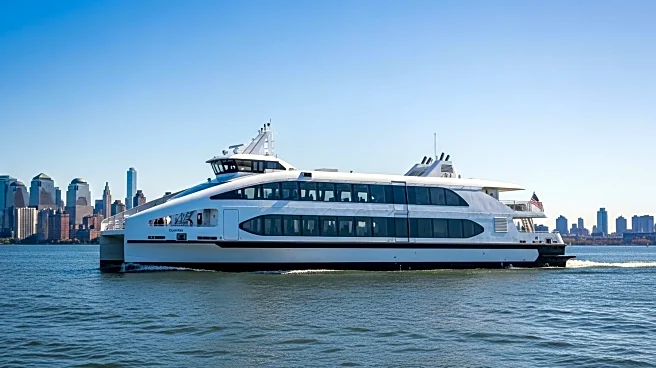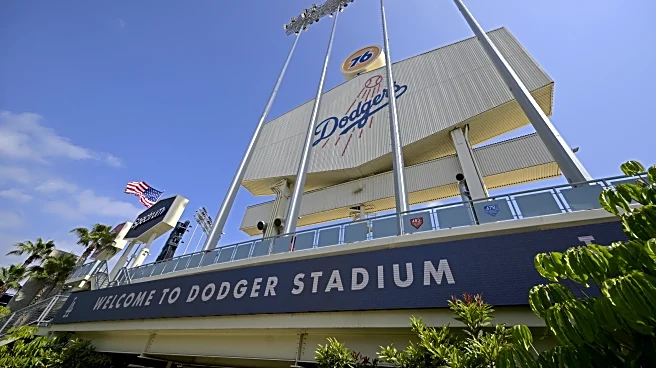What is the story about?
What's Happening?
Oshkosh Corporation has introduced HARR-E, a self-driving trash robot, and the Volterra ZSL electric refuse vehicle, aiming to revolutionize waste collection. HARR-E can autonomously collect waste from homes or businesses, reducing neighborhood noise and emissions. The Volterra ZSL, powered by lithium-ion batteries, promises quieter and cleaner garbage collection with zero tailpipe emissions. These innovations are part of Oshkosh's broader push into electrification, including electric fire trucks and airport rescue vehicles. Cities like Los Angeles and New York are setting targets to electrify portions of their waste fleets within the next decade.
Why It's Important?
The introduction of self-driving trash robots and electric garbage trucks represents a significant shift towards automation and clean transportation in waste management. This development could lead to reduced emissions, lower operating costs, and improved efficiency in waste collection. As cities face labor shortages in sanitation departments, automation could help stretch limited manpower further. The quieter operation of electric vehicles may also enhance the quality of life in residential areas by reducing noise pollution. These advancements align with broader environmental goals and could set a precedent for other cities to follow.
What's Next?
While Oshkosh has not announced pricing or launch dates for HARR-E, the technologies are being tested in the field. The adoption of smart bins and sensors requires upfront investment, and electric refuse trucks can be costly compared to diesel counterparts. However, momentum is building as cities aim to electrify their waste fleets. The widespread deployment of these systems may take time, but the transformation of trash collection is underway, promising cleaner, quieter, and more efficient operations.
AI Generated Content
Do you find this article useful?
